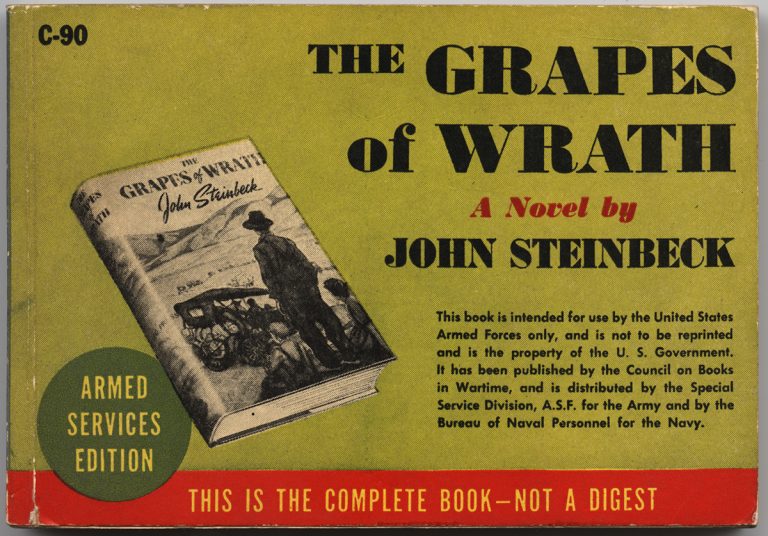The book, When Books Went to War: The Stories That Helped Us Win World War II by Molly Guptill Manning, celebrates the importance of the Armed Services Editions. Published between 1943 and 1947, these inexpensive paperback editions were given to servicemen on the frontlines. As Manning points out, not only did… read more


